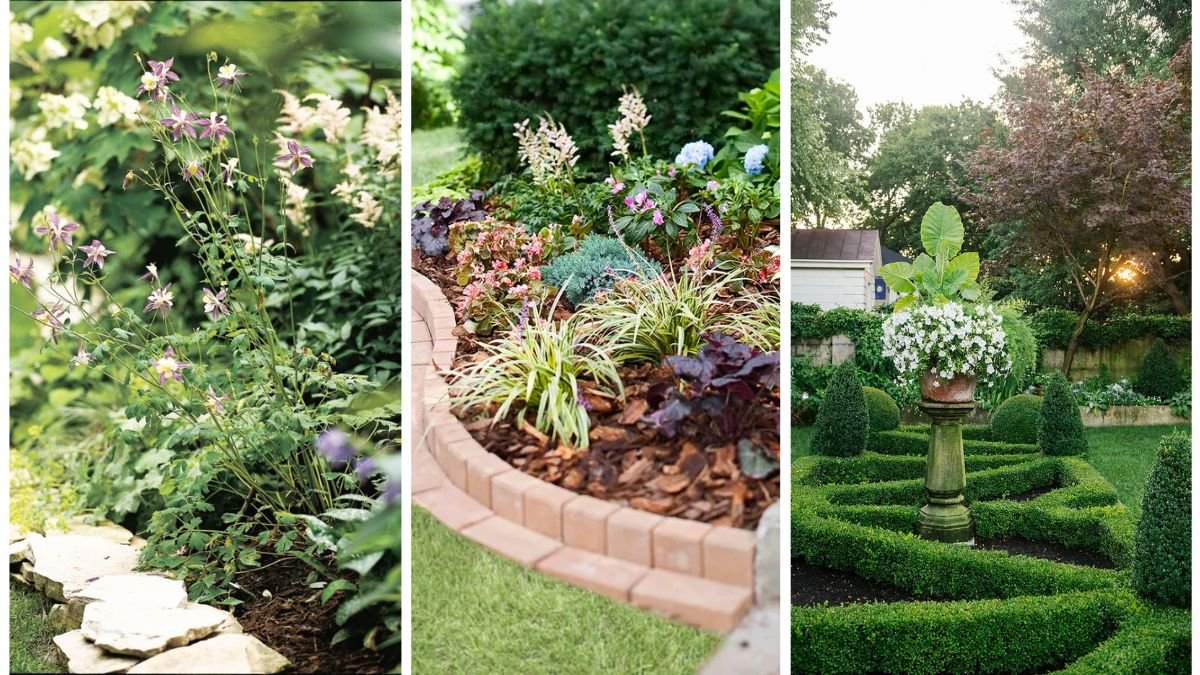Hard edges in the yard—whether created by fences, patios, driveways, retaining walls, or concrete pathways—can sometimes feel stark and uninviting. While hardscapes provide structure and functionality, they can make a landscape appear rigid or cold if left bare. One of the most effective ways to create a more inviting and visually appealing yard is to soften these edges with thoughtful plantings. Strategically chosen plants can introduce texture, color, movement, and natural flow, bridging the gap between hard elements and softer garden areas. This article explores the best plants to soften hard edges, with practical tips on placement, combination, and maintenance.
1. Ornamental Grasses for Movement and Texture
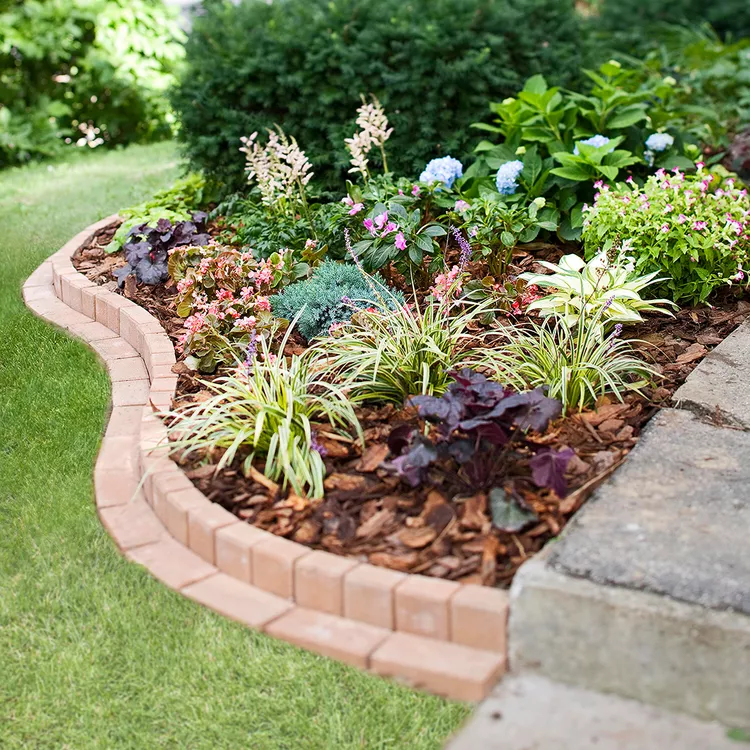
Ornamental grasses are ideal for softening hard edges because they introduce graceful movement and a natural, flowing texture. Their swaying foliage contrasts beautifully with rigid surfaces.
Recommended Ornamental Grasses
- Fountain Grass (Pennisetum alopecuroides): Arching plumes create a soft, layered look along walls or fences.
- Blue Fescue (Festuca glauca): Compact and colorful, it works well along pathways or driveways.
- Maiden Grass (Miscanthus sinensis): Tall, feathery plumes add vertical interest and movement.
- Carex (Sedge): Low-growing, evergreen variety provides year-round texture.
Tips for Planting
- Place taller grasses near taller structures or at the back of borders.
- Use low-growing varieties for foreground edging.
- Combine grasses with perennials for seasonal color contrast.
Ornamental grasses soften edges subtly while requiring minimal maintenance, offering both visual appeal and seasonal interest.
2. Flowering Perennials for Color and Seasonal Interest
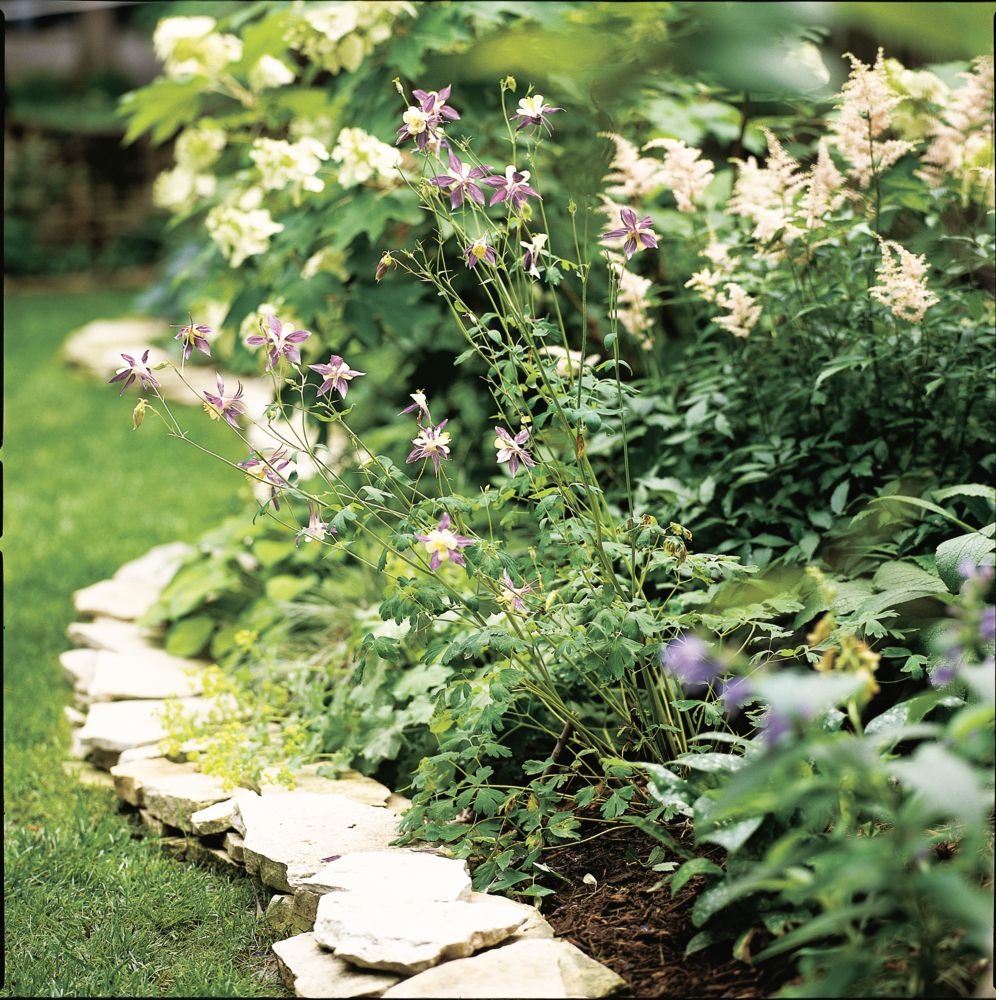
Flowering perennials are versatile choices to soften hard edges, as they bring color, texture, and seasonal dynamics.
Popular Options
- Hostas: Ideal for shaded areas along walls or fences; their large, lush leaves provide a soft backdrop.
- Daylilies (Hemerocallis spp.): Hardy and easy to maintain, adding bursts of color along paths or patios.
- Lavender: Provides soft purple blooms, fragrance, and a relaxed border effect.
- Coneflowers (Echinacea spp.): Sturdy and long-blooming, perfect for defining edges naturally.
Planting Tips
- Use repeated clusters for rhythm and continuity along the hard edge.
- Mix heights for layered texture, placing shorter perennials in the front and taller ones behind.
- Incorporate evergreen foliage for year-round structure when flowering plants die back.
Flowering perennials bring life and vibrancy to otherwise stark hardscape edges.
3. Shrubs for Structure and Softening
Shrubs are excellent for softening edges that are too bold or vertical, such as retaining walls, fences, or property boundaries. They provide structure while maintaining a softer, more organic appearance.
Recommended Shrubs
- Boxwood: Compact and versatile; perfect for creating low, soft hedges along pathways.
- Hydrangea: Offers lush foliage and voluminous flowers to soften walls and garden corners.
- Azaleas and Rhododendrons: Ideal for shaded areas; their blooms provide color and lush coverage.
- Spirea: Produces dense foliage and seasonal flowers, adding a natural flow along hard edges.
Tips for Shrub Placement
- Choose shrubs with rounded forms to contrast the rigidity of straight edges.
- Consider layering with perennials or ornamental grasses to increase depth and softness.
- Keep shrubs pruned to maintain balance and avoid overpowering narrow spaces.
Shrubs offer a robust yet soft visual barrier that bridges the gap between hard surfaces and garden areas.
4. Ground Covers for Seamless Edge Integration
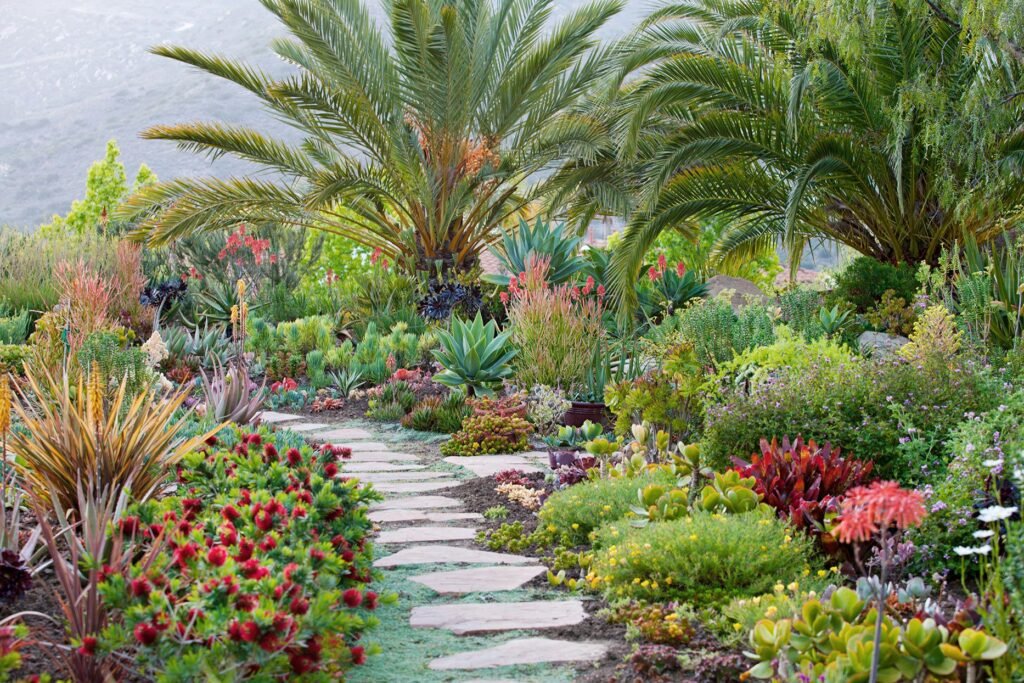
Low-growing ground covers are perfect for softening the base of hard edges such as retaining walls, fences, or stone borders. They create a continuous, flowing carpet that diminishes stark lines.
Top Ground Covers
- Creeping Thyme (Thymus serpyllum): Fragrant, colorful, and low-maintenance; excellent for pathways or stone borders.
- Ajuga (Bugleweed): Offers colorful foliage and seasonal spikes of flowers for a soft visual effect.
- Sedum (Stonecrop): Succulent varieties provide texture and work well in dry, sunny areas.
- Sweet Woodruff (Galium odoratum): Ideal for shady edges, with fragrant, delicate foliage.
Planting Strategies
- Fill gaps along the base of fences, walls, or raised beds.
- Use trailing varieties to cascade over stone or brick for a natural softening effect.
- Combine different ground covers for year-round interest and texture variety.
Ground covers are especially effective in integrating hard edges into the garden, creating a natural, seamless transition.
5. Climbing and Trailing Plants for Vertical Softening
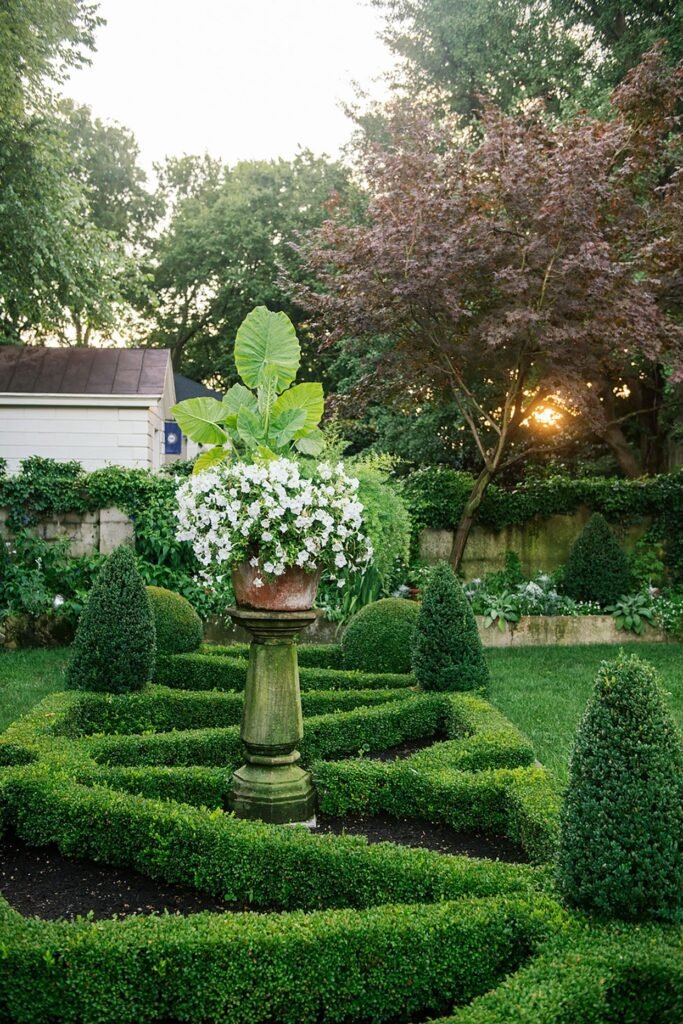
Climbing or trailing plants are ideal for vertical edges such as fences, trellises, walls, or pergolas. They add greenery, color, and texture, softening rigid vertical surfaces.
Recommended Climbing Plants
- Clematis: Produces abundant colorful flowers, perfect for walls or fences.
- Ivy (Hedera helix): Evergreen foliage adds softness and coverage, even in winter.
- Climbing Roses: Provide fragrance and seasonal blooms, creating romantic, soft edges.
- Wisteria: Dramatic hanging blooms soften large walls or trellises in summer.
Tips for Climbing Plants
- Use trellises, wires, or supports to guide growth and prevent damage to structures.
- Choose plant varieties suited to your climate and sunlight conditions.
- Prune regularly to maintain shape and prevent overgrowth.
Climbing plants create lush, vertical greenery that reduces the harshness of fences or walls, blending hard edges with natural textures.
6. Combining Plants for Maximum Softening Effect
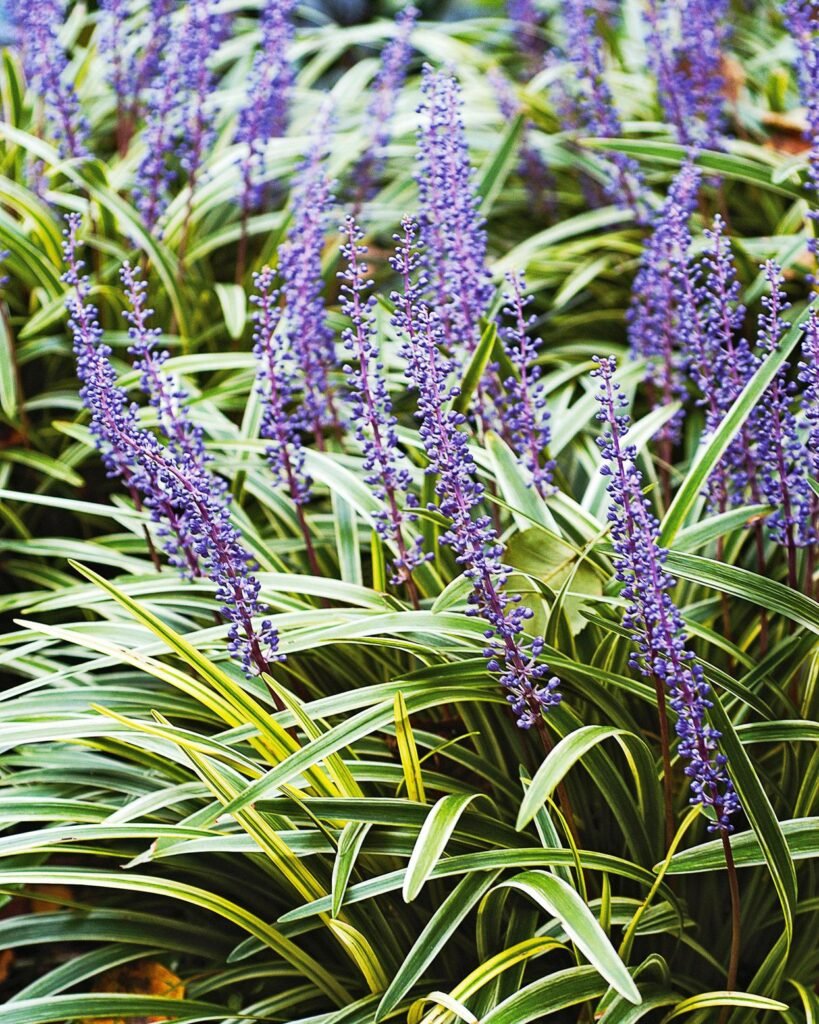
To achieve the best results, consider combining different plant types for layered texture, color, and visual interest.
Layering Ideas
- Ground Cover + Perennials: Plant low ground cover at the base and taller perennials behind to create depth.
- Shrubs + Ornamental Grasses: Use grasses for movement and shrubs for structure along edges.
- Trailing Plants + Wall Plantings: Let vines cascade over walls while perennials or grasses soften the base.
Benefits of Layering
- Creates a natural, flowing transition between hardscape and garden beds.
- Adds seasonal variation and visual interest throughout the year.
- Enhances biodiversity by attracting pollinators and beneficial insects.
Layering different plant forms ensures a balanced, inviting look while effectively softening edges in any yard.
7. Maintenance Tips for Softened Edges
Softened edges require ongoing attention to maintain their beauty and function.
- Pruning and Trimming: Regularly prune shrubs, grasses, and climbing plants to prevent overgrowth and maintain balance.
- Mulching: Apply mulch around ground covers and perennials to retain moisture and suppress weeds.
- Spacing: Plant with enough room for growth to avoid overcrowding, which can create a cluttered appearance.
- Fertilization: Use appropriate fertilizers for flowering plants, shrubs, and grasses to encourage healthy growth and lush foliage.
- Seasonal Updates: Rotate annuals or replace underperforming perennials to maintain continuous appeal.
Maintaining softened edges ensures they remain functional, visually appealing, and complementary to the overall yard design.
Conclusion
Softening hard edges in the yard transforms a rigid, structured space into a lush, inviting, and cohesive landscape. By incorporating ornamental grasses, flowering perennials, shrubs, ground covers, and climbing plants, you can create flowing transitions between hardscapes and natural garden elements. Thoughtful layering, color combinations, and attention to texture ensure that edges feel harmonious, balanced, and dynamic throughout the year.
Whether your yard features patios, fences, driveways, or retaining walls, the right plant choices can turn harsh boundaries into soft, attractive focal points. With careful selection, layering, and maintenance, your garden will feel more organic, welcoming, and visually engaging, offering a seamless blend between structure and natural beauty.
